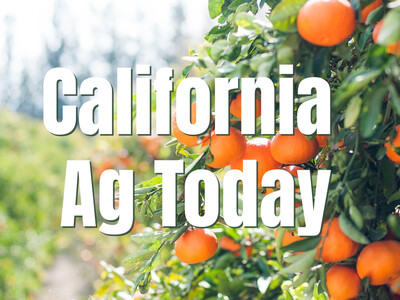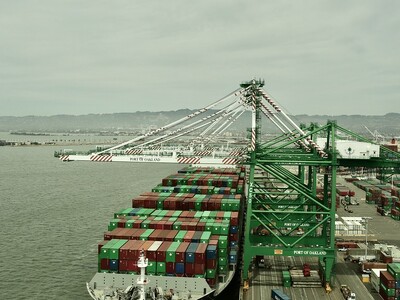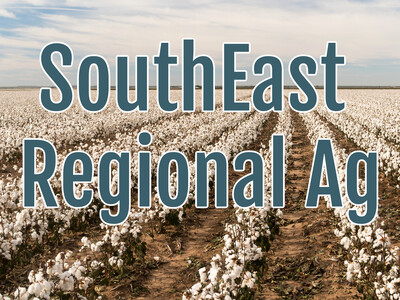Cover Crops and Nitrogen

Tim Hammerich
News Reporter
Cover crops have been a hot topic lately, especially with the new administration prioritizing climate change mitigation. Cover crops have many potential advantages like trafficability, water holding capacity, and building organic matter. Some are growing legumes in a cover crop to capture a nitrogen credit the following year. But if you’re going to do that, it’s important to check to make sure you’re getting the nitrogen you’re expecting, says North Dakota soil scientist Dr. Dave Franzen.
Franzen… “So let's say that you have a pretty good cover crop growth, maybe as includes some and legumes are mostly legumes. And you really think that you're going to get some nitrogen benefits the next year. And let's say that your normal fertilizer rate would be maybe 150 pounds of N pre-plant for whatever crop you're going to grow. And you think you're going to get maybe 40 pounds of N benefit from that cover crop. Well, go ahead and put that 110 pounds of N on. But then in a strip about the width of an applicator, maybe a hundred feet long or something, someplace where you can watch it, put that extra 40 pounds on. If you're going by there early in the season, and it looks just as green on the strip as it does in the rest of the field, and you've made the right choice and you can stop worrying about it.”
But Dr. Franzen says, if that strip is a darker green than the rest of the field, that means you overestimated how much nitrogen you’re going to get from that cover crop and you’ll want to supplement it.












